

There are myriad options to choose from, and the material choices for your package need to fit together, not only to meet the demands and requirements of the packaging contents, but also to provide the stability and compatibility for your package to function in harmony.
In this series, we’ll examine four key considerations for material selection in primary packaging, specifically custom rigid packaging components. We’ll offer suggestions to consider based on TricorBraun’s more than 100 years of experience working with brands to deliver packaging that solves problems, meets commercial and operational needs and improves the bottom line.
Key Consideration #2: Operational Requirements
There are four common categories of operational requirements:
- Distribution Testing
- Unique Test Protocols
- Manufacturer Certifications
- Cost/Current Capabilities
With distribution testing, if your package requires UN certification or is required to pass ISTA testing, those need to be considered early in the material selection process. Will distribution testing drive material choice in all cases? No, but in many instances, the plastic grade will come into play, so it’s always better to consider upfront.
Having worked closely with clients on hundreds of custom packaging solutions, there have been many times at TricorBraun where we needed to incorporate specific test protocols in the qualification process – protocols that went well beyond the standard UN or ISTA certifications. SmartMouth or Lemi Shine (pictured) are examples of where we needed to consider slight design tweaks to maintain the primary material selections that had already passed stability and compatibility requirements.
Let’s Talk Operational Needs First
If manufacturer facility locations, processing platforms, compliance requirements or certifications are critical to your brand, it’s best to acknowledge those up front in the process. These requirements can limit the manufacturers who can process the materials chosen for your product packaging. For example, an extruded HDPE bottle versus an extruded HDPE bottle from a Global Food Safety Initiative (GFSI)- or Good Manufacturing Practice (GMP)- certified manufacturing plant are not the same thing.
When we refer to cost/current capabilities as an operational requirement category, we’re speaking to filling platforms. As a brand owner, if you hope to optimize your product’s shelf life via a different package or packaging material - i.e. move from a bottle and trigger spray to a Bag-on-Valve (BOV) aerosol format - there could be an enormous cost if your current filling location is not set up for that package format.
No matter the package format or size, TricorBraun can supply the packaging to help meet your customer’s needs. Contact us to get started on your solution today.
Download the full white paper on Material Selection here.




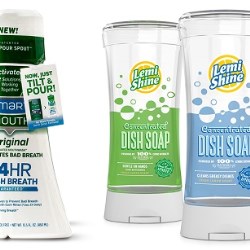
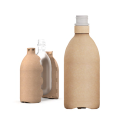
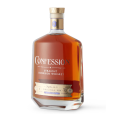
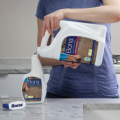
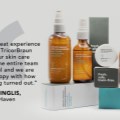
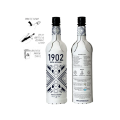
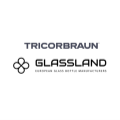
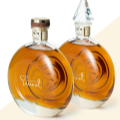
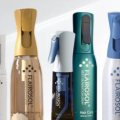

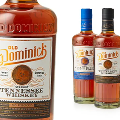


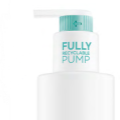
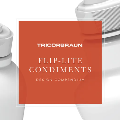
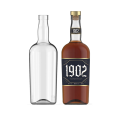


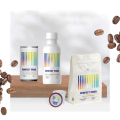
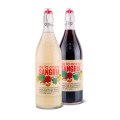
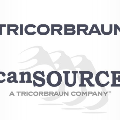


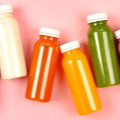
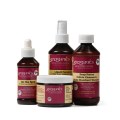
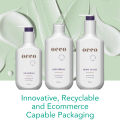
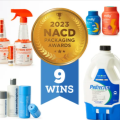
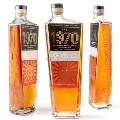
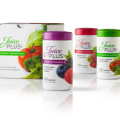
.jpg)
.jpg)
.jpg)
.jpg)











